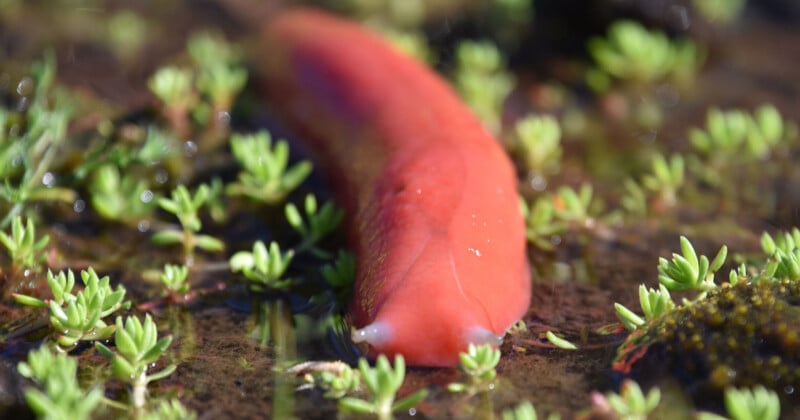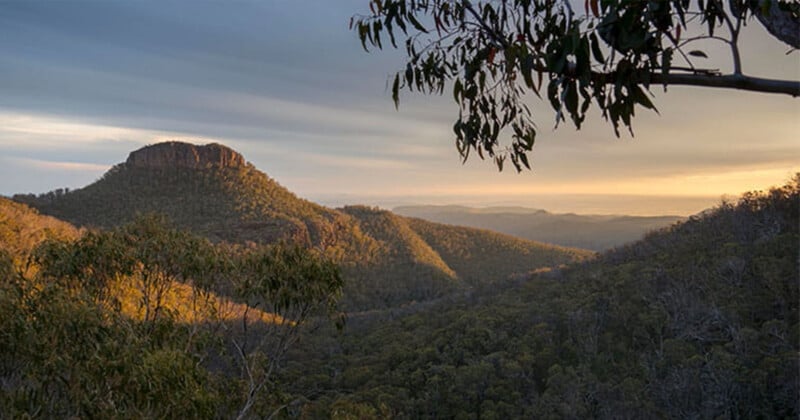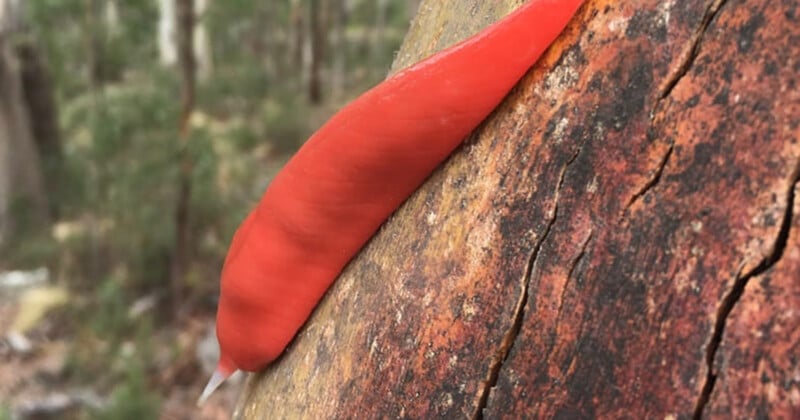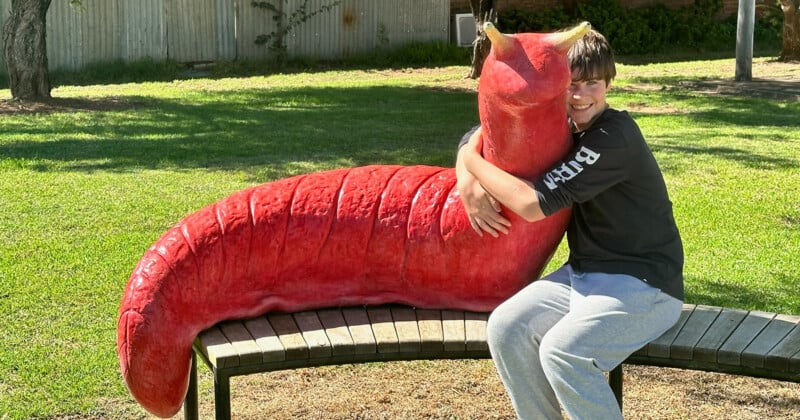How a Unique Pink Slug on an Extinct Volcano Shows Photography’s Impact

In Mount Kaputar National Park in New South Wales, Australia, an extinct volcano is home to unique wildlife, including an incredible pink slug.
The sprawling Mount Kaputar National Park is over 500 square kilometers (over 190 square miles) in size, with the central feature being its namesake, Mount Kaputar, an extinct volcano. The park is home to all sizes and types of wildlife, from bats to wallabies. Deadly bushfires in 2019 and 2020 put the ecosystem and its inhabitants in grave danger, and scientists scrambled to assess the impact, fearing the worst.

Among the park’s most unusual wildlife is the Mount Kaputar slug, a large neon-pink slug found nowhere else on Earth. Giant in slug terms, at about 20 centimeters (eight inches) long, this small invertebrate is very special. Tragically, the fires ended up wiping out an estimated 90% of the Mount Kaputar slug population, although, in the immediate aftermath, it wasn’t clear if there were any slugs left.
The NSW National Parks and Wildlife Service sprang into action with a Save Our Species conservation program. They put out a call to action to the community for help. Gaia Resources, an environmental technology solutions consultancy, quickly developed a way to help. It offered the Slug Sleuth app as a way to assess the endangered species post-fire recovery via the help of everyday people.

Around 17 million years ago, a volcanic eruption at Mount Kaputar created a high-altitude area where invertebrates, plants, and animals like these slugs became isolated. In the millions of years since, they’ve become specialized, and each has a critical role in this fragile ecosystem.
The Kaputar slugs are the only slugs in the ecozone. They are able to survive merely by feeding on algae and mosses in this challenging habitat. Their feeding patterns break down plant litter into nutrient-rich soil, which enriches that environment for plants and other animals. An animal so small can be easily overlooked, but as the only slug, it is a cornerstone of the extinct volcano’s delicate ecosystem.
![]()
The Slug Sleuth app went viral. Hikers and wildlife enthusiasts turned citizen scientists and explored the park and reported their sightings, which were full of photographs, to the app. The initial fears of the slugs’ possible extinction were instead met with sighting after sighting of the brightly colored animal now mascot of the park. With so many participants, it wasn’t long before there were over 850 reports and images. These photos were crucial to understanding how fragile invertebrates can survive and bounce back after such a catastrophic bushfire.

Ultimately, the Slug Sleuth app helped officials track and understand the animal population as it recovered from the fires in real-time. With users’ photos, they could log not only the locations where the animals survived but even identify juvenile versus adult snails. With so many active users today, they could even assess the population directly after the fire and over the following years. This data collected has allowed the park to better understand and protect this core foundational species as it recovers.
The Slug Sleuth app is a testament to clever technology use. Even humble cell phone cameras in the hands of enthusiastic citizen scientists can assist in conservation efforts.